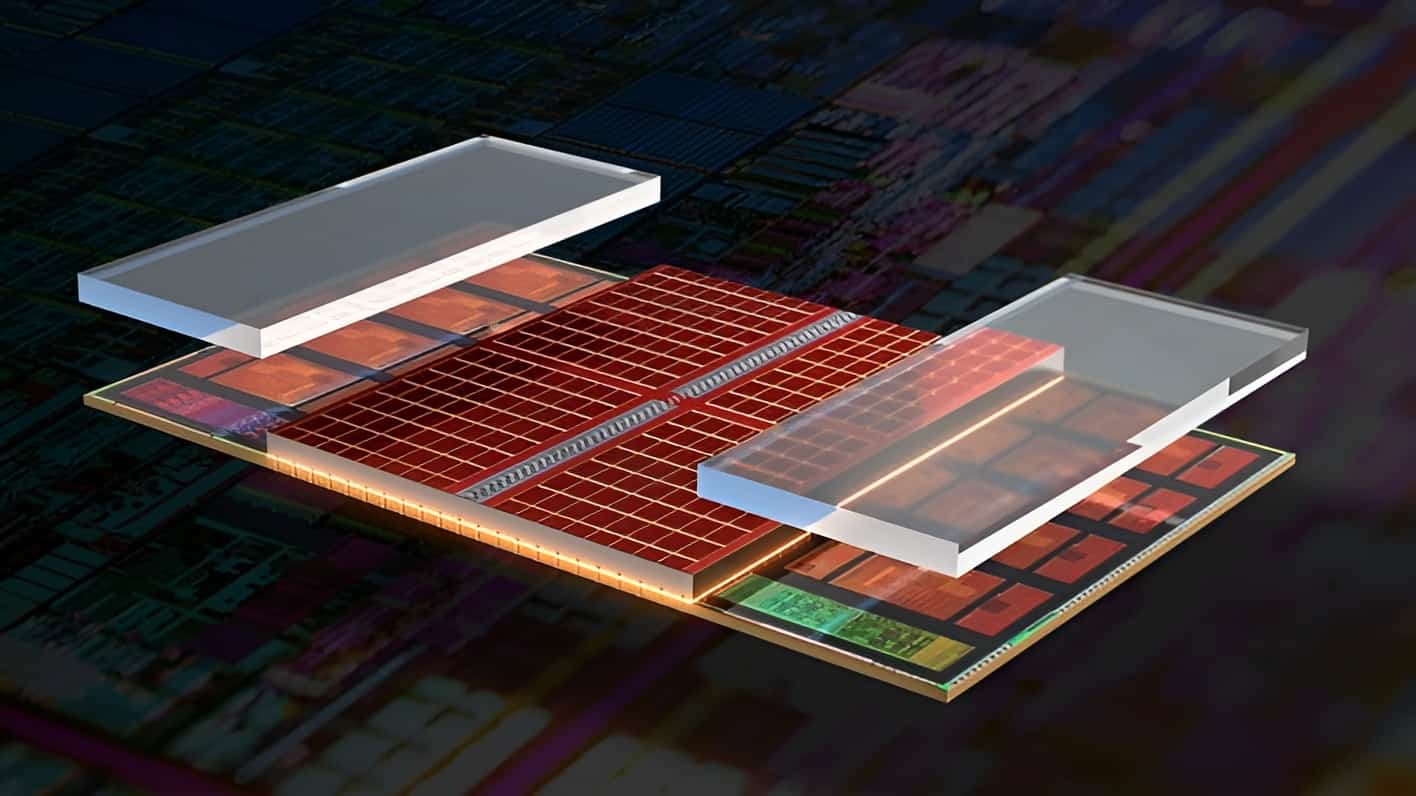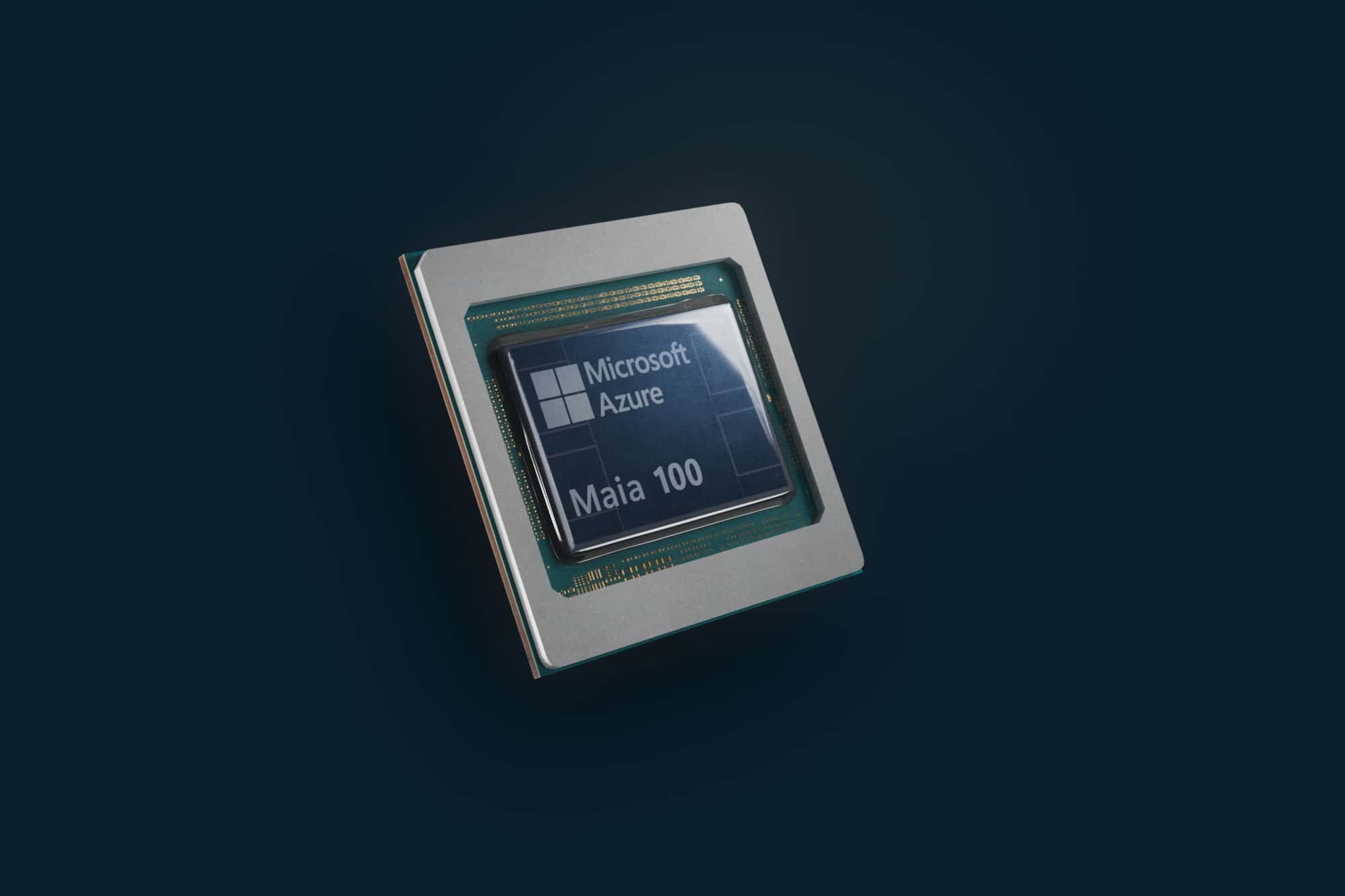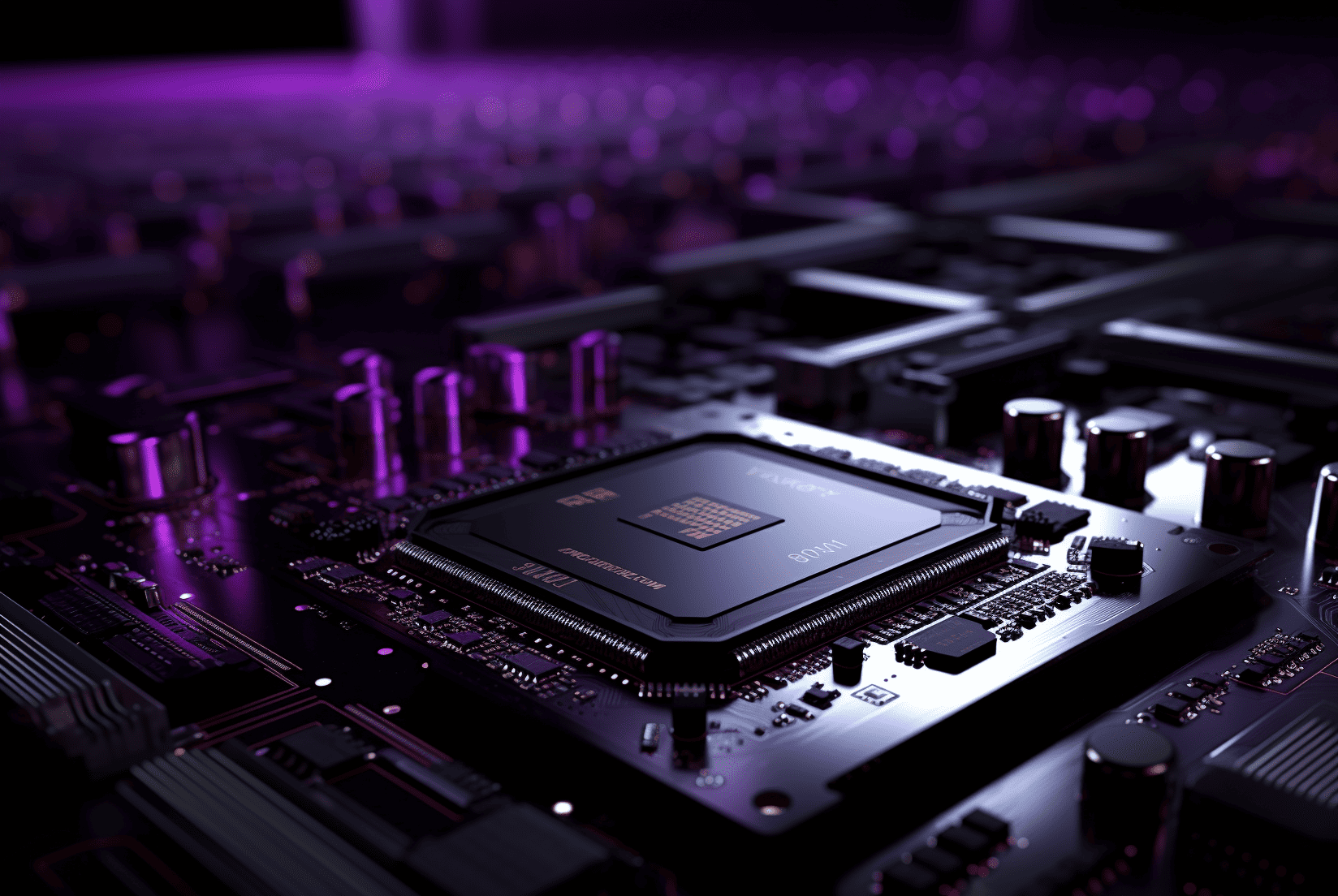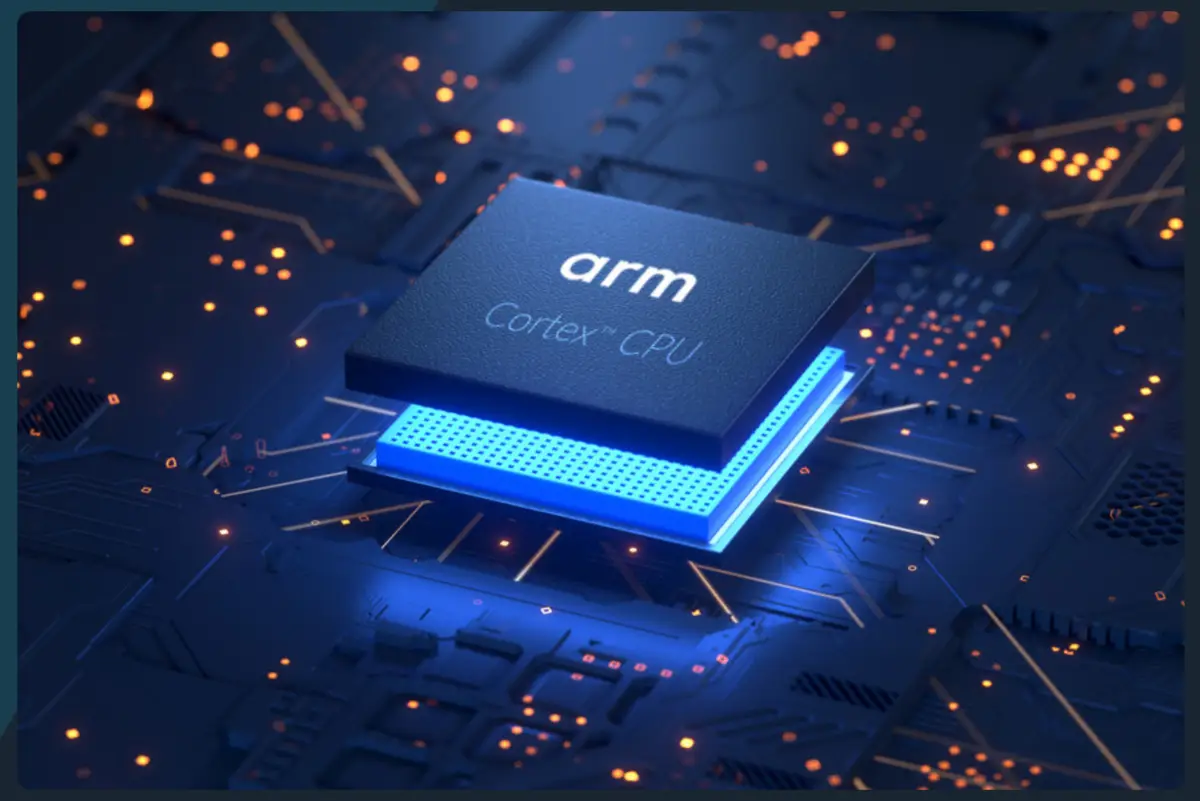
Chiplets are transforming the computer chip industry by offering a radical new approach to microprocessor design. This innovative solution involves creating a single electronic device from smaller chips packaged tightly together. The chiplet technology is being adopted in all major computing sectors. Companies like Apple, AMD, and Intel are exploring and implementing chiplet architecture, with AMD being ahead of the curve.
A modular approach to chip design
Chiplets are small, modular chips combined to form a complete System-on-Chip (SoC). They improve performance, reduce power consumption, and increase design flexibility. The chiplet concept has existed for decades but gained attention recently in addressing the challenges of scaling down traditional monolithic ICs. In May 2007, DARPA started the COSMOS project for heterogeneous chiplets, followed by the CHIPS project for modular computers from chiplets.
The heterogeneous chiplet integration market is growing rapidly, with AMD’s Epyc and Intel’s Lakefield as notable examples. The market value of chiplets is expected to reach $5.7 billion by 2025 and $47.2 billion by 2031. The increasing demand for high-performance computing, data analytics, modularity, and customization in electronics design is driving this growth.
Benefits of using chiplets
Chiplets offer improved performance by using specialized processing elements optimized for specific tasks. They reduce development time and costs, and their size and power requirements are smaller than traditional chips. This allows for lower manufacturing costs and more compact device designs.
Flexibility is another key advantage of chiplets. They enable quick adaptation to market conditions and new technologies, simplifying the production process. The mix-and-match approach of chiplets allows for faster and more cost-effective development, resulting in improved yield and reduced costs.
Apple, AMD, and beyond
Apple’s M1 Ultra chip, launched in March 2022, features chiplet architecture, boosting performance in Mac PCs. The M1 Ultra contains 114 billion transistors, presenting a 20-core CPU and 64-core GPU[. The chiplet-based architecture is gaining traction, with industry giants like Intel, Apple, ARM, Samsung, and Google forming a consortium promoting the Universal Chiplet Interconnect Express (UCIe) standard.
AMD’s Zen 2 chiplet design is a short-term fix for the slowdown of Moore’s Law, with the company exploring 3D chip-stacking techniques for future architectures. AMD’s Ryzen 3000 processors, launched in 2019, use chiplet architecture, but the method has its limitations. Forrest Norrod, SVP and GM of AMD’s datacentre group, suggests that combining chiplet design with 3D stacking, scalable interconnects, new memory architectures, and software frameworks will be necessary for future advances.

Challenges and the future of chiplets
Despite the many benefits, chiplets face challenges in ensuring low cost and high reliability with advanced packaging technology. Maintaining good quality and an economical product rate is crucial, as yield problems persist. However, with the focus on packaging, the industry is shifting towards more advanced solutions, such as TSMC’s development of InFo and CoWos.
As the chiplet market continues to grow and major players invest in this technology, the future looks bright for this modular approach to chip design. With the potential to revolutionize computing performance, power consumption, and flexibility, chiplets are poised to become an integral part of the chip industry’s future.







